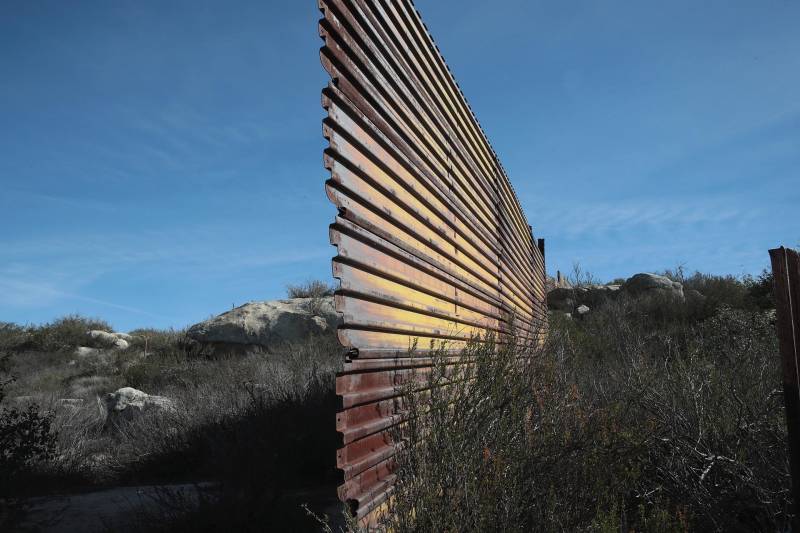Two controversial Trump administration immigration policies that were ruled illegal by federal courts in the San Francisco Bay Area will be decided by the U.S. Supreme Court in coming months, the high court announced Monday.
One case deals with President Donald Trump’s approach to funding the border wall, The other deals with the policy known as “Remain in Mexico,” aimed at keeping asylum seekers out of the United States while they await hearings in immigration court.
Both the wall and the asylum restrictions have been central to the president’s emphasis on halting immigration at the U.S.-Mexico border, and casting immigrants as a threat. The cases also raise the question of how much power the president has to implement his policies without restriction, legal scholars say.
But the outcome of the Nov. 3 presidential election could affect the future of these border policies more than the Supreme Court. If Democratic nominee and former Vice President Joe Biden wins, he could roll them back, leaving the cases moot.
Looking for Funds for a Border Fence
Trump made building “a big, beautiful wall” a central campaign theme in 2016. But Congress granted less than $1.4 billion for border fencing last year, far short of the $5.7 billion the administration sought. So the president announced a state of emergency, alleging that it enabled him to redirect billions of dollars that Congress had appropriated to the Defense Department for other purposes.

